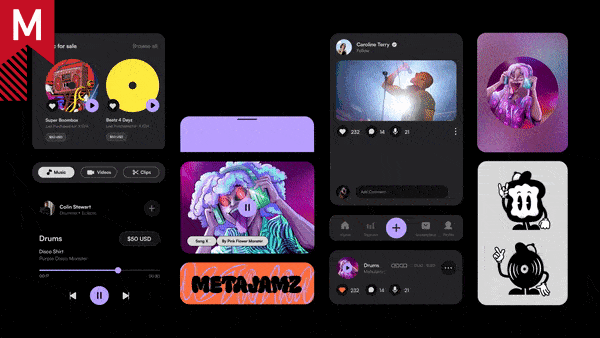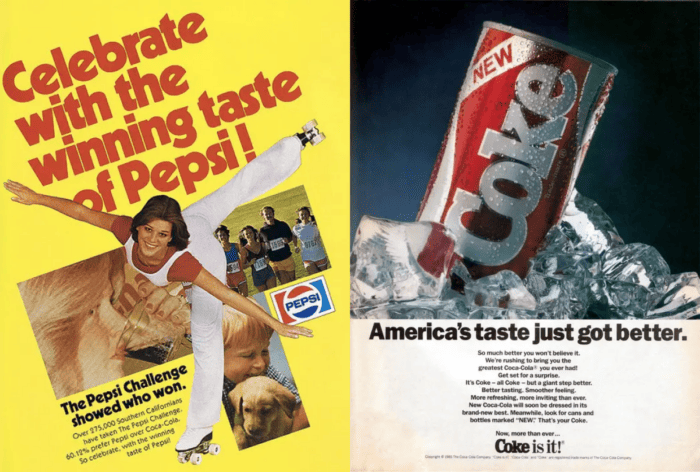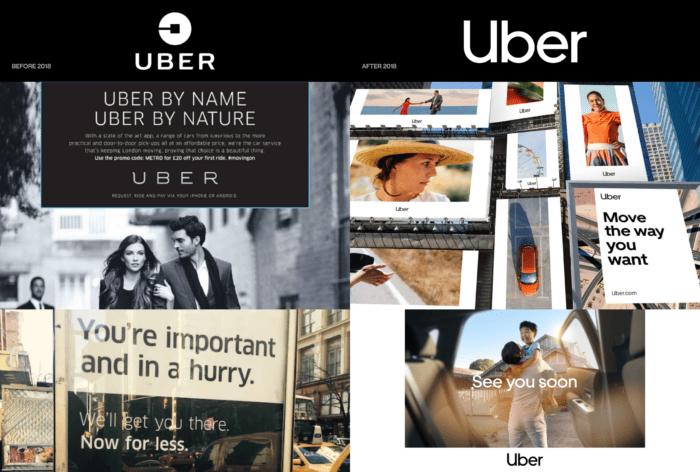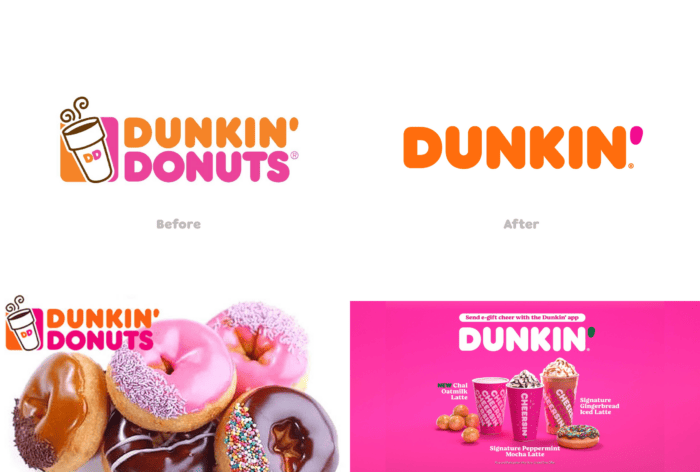A common sentiment in the world of branding used to be that companies should consider updating their brand every 7-10 years.
If only it were that simple. Some brands can stand pat with no changes for decades, while others may need to pivot frequently.
Unfortunately, unlike an oil change, there’s no dashboard to ding you when it’s time to update how your business shows up in the world. In an environment where things are changing faster than ever, companies need to adapt and stay ahead of the game, but how do you know when the time is right to update your brand and messaging?
Change for changes sake can feel desperate, but indifference to shifting marketplace dynamics may have you go the way of the dinosaurs and left behind by your competition. In this article, I’ll detail some telltale signs that indicate when a brand needs to change course and reclaim or renew its rightful place in the market.

1. Your current branding and messaging aren’t working:
Let’s face it; if your current branding and messaging are falling flat, it’s time to hit the refresh button.
Perhaps you’re struggling to connect with your audience on an emotional level. Remember, people aren’t just rational beings; they’re driven by emotions. To forge a strong connection, you must consider both the head and the heart.
Ask yourself, “How do you want people to feel when they interact with your brand?” Emotionally resonant messaging can elicit a memorable response and foster long-term relationships.
Consider the case of Coca-Cola.
In the 1980s, they faced a decline in sales due to the “Pepsi Challenge” campaign. Coca-Cola realized that their branding and messaging were failing to resonate with consumers emotionally.
In response, they launched the iconic “New Coke” campaign in 1985, aiming to revitalize their image and connect with customers on a deeper level.

However, the campaign was met with widespread backlash and disappointment from loyal Coca-Cola fans. This experience served as a valuable lesson for the company, highlighting the importance of understanding and maintaining the emotional connection consumers have with their brand.
2. You have a new story to tell:
Companies evolve, and so should their stories.
If you have a compelling new narrative to share with customers and talent, updating your brand and messaging becomes imperative. Your brand should serve as a vehicle to communicate this story effectively.
A revamped brand identity can breathe new life into your organization and create excitement and curiosity among your target audience. Craft a narrative that captures the essence of your company’s evolution and aspirations, and watch as it attracts fresh attention and loyalty.
One compelling example is Microsoft’s rebranding efforts in recent years.
Previously perceived as a primarily corporate and software-focused company, Microsoft wanted to communicate their evolution into a more innovative and consumer-centric organization.

They updated their brand and messaging to showcase their commitment to creativity, inclusivity, and technological advancements. Their “Empowering Us All” campaign showcased how Microsoft’s products and services were empowering people across various industries, highlighting their new story of transformation and human-centric innovation.
3. You didn’t do it right the first time:
We all make mistakes, and sometimes a company’s initial branding and messaging miss the mark. The result may be a disconnected, disjointed brand experience that fails to resonate with your audience.
Recognizing these missteps and taking action to rectify them is a sign of a proactive and forward-thinking organization. By revisiting your brand and messaging strategy, you have an opportunity to realign with your core values, refine your brand positioning, and create a cohesive and compelling message that truly represents your company.
Think about Uber.
In its early days, Uber faced criticism for its aggressive and controversial brand image. As the company grew and faced multiple scandals and public relations issues, they realized the need to self-correct.

Uber launched a comprehensive rebranding campaign in 2018, aiming to reposition themselves as a more socially responsible and customer-focused company. They sought to rectify past mistakes by emphasizing their commitment to safety, transparency, and positive rider experiences, shifting the narrative around the brand.
4. You want to signal change:
Change is inevitable in business, whether it’s a shift in markets, leadership, or overall strategy. When these significant changes occur, updating your brand and messaging can be a powerful signal. It communicates to your audience that you’re moving forward, embracing new opportunities, and adapting to the ever-changing environment.
A revitalized brand identity reflects your commitment to growth and ensures that your messaging aligns with your current direction.
It can also help re-engage existing customers, attract new ones, and position your company as an industry leader.
Consider the rebranding of Dunkin’ Donuts to Dunkin’.
The decision to drop “Donuts” from their name in 2018 reflected the company’s strategic shift beyond just selling donuts and coffee. The new brand identity emphasized their broader range of offerings and highlighted their commitment to providing customers with an all-encompassing experience.
This change signaled Dunkin’s desire to stay relevant, adapt to evolving consumer preferences, and position themselves as a destination for convenience and enjoyment.
In a fast-paced and competitive business world, companies must continually evaluate their brand and messaging strategy. Knowing when to update these vital components is crucial for staying relevant, resonating with your audience, and signaling change.

Whether your current branding and messaging aren’t working, you have a new story to tell, you want to rectify past mistakes, or you aim to communicate change, a brand and messaging makeover can breathe new life into your organization.
Remember, a successful brand speaks to both the head and the heart. Connect emotionally, consider your audience’s desires, and cultivate a unique brand experience that resonates deeply.
By understanding when and why to update your brand and messaging, you position your company for continued success, growth, and a strong competitive edge in today’s dynamic marketplace.
So, be brave, be bold, and dare to reinvent your brand.
About the Author:

Lillian Marsh is Co-founder & Chief Strategy Officer of TinyWins. She’s the ultimate “brand therapist” who leads the team to humanize brands that will connect to consumers’ subconscious. Prior to TinyWins, Lillian built resonant brand platforms and global marketing campaigns for both technology startups and giants alike. A Syrian immigrant, breast cancer survivor, and mom of two, Lillian brings the head, heart, and guts from her home in Denver.








